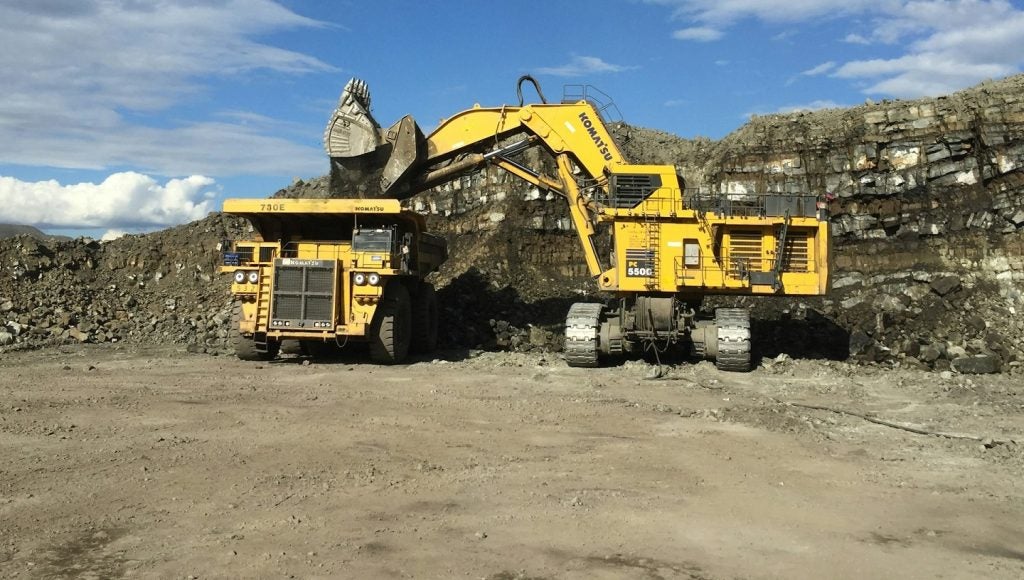
A new report published by the BC First Nations Energy and Mining Council (FNEMC) has revealed that tailings pond breaches from mining could affect 33 First Nations communities and more than 200 other populated areas, as well as 8,678km of fish-bearing waters.
The report has been published after an analysis of 35 tailings ponds at 26 mining operations on 48 key watersheds, following the Mount Polley tailings pond in August 2014.
According to the report, mining-related environmental disasters may pose risk to salmon-rich waterways, as well as drinking water in the region.
The report etitled ‘Uncertainty Upstream: Potential Threats from Tailings Facility Failures in Northern British Columbia’ noted that the analysis work will provide a summary of any potential threats that may occur due to future tailings facility failures in the region.
FNEMC CEO Dave Porter said: "This report will assist First Nations to better understand the location of tailings dams in their territories, the habitat and communities downstream of those facilities, and the cumulative impacts to their watersheds."
See Also:
A total of 3,275km of waterways are immediately downstream of the 35 tailing ponds according to the data provided.
How well do you really know your competitors?
Access the most comprehensive Company Profiles on the market, powered by GlobalData. Save hours of research. Gain competitive edge.

Thank you!
Your download email will arrive shortly
Not ready to buy yet? Download a free sample
We are confident about the unique quality of our Company Profiles. However, we want you to make the most beneficial decision for your business, so we offer a free sample that you can download by submitting the below form
By GlobalDataIt was also found that 5,403km of waterways lie in watersheds further downstream where the contaminants are expected to flow.
Pollution from any breaches may also pose a risk to the drinking water for 208 other communities, including Prince George, Smithers, Terrace and other big centres.
It could also be devastating to BC’s key salmon and steelhead species, which are said to be sensitive to the copper that is common in acid rock drainage as it can be acutely toxic to them.
A full 80% of Chinook salmon habitat in the region and 70% of Sockeye, 58% of Coho and 47% Chum is either downstream of a tailings facility or migrates through a potential contaminant flow path.
The report calls for protection of complete river, lake, and wetland ecosystems, and a renewed focus on establishing headwater-to-mouth watershed protected areas for river systems.
Mining companies and governments should ensure that long-term economic benefits will be provided to impacted communities, and the public would be protected by funding mechanisms for unanticipated impacts that arise due to post mine closures.
A breach of the tailing at Imperial Metals owned Mount Polley copper and gold mine last year released water and slurry to Polley Lake.
Following the disaster, mining operations have been suspended and put under care and maintenance.
Imperial Metals has announced it would spend $67m on cleaning up the spill.
Image: An aerial view of the earthen dam at Mount Polley Mine in British Columbia. Photo: courtesy of Visible Earth, Nasa.






